Your Maintenance Strategy

Getting the most out of your equipment
It is
critical to maximise your equipment’s performance because it has a direct
impact on your company’s profitability and operational efficiency. There are
numerous reasons for maximising the value of your assets, and the following are
just a few:
1.
Cost optimisation: Your
assets can require a sizable capital investment. You’ll get a better return on your
investment and prevent premature replacement costs by making the most of your
equipment’s lifespan and utilisation.
2.
Productivity: Higher
output, throughput, and productivity are generally possible with
well-maintained and optimised equipment. Enhanced competitiveness and cost
savings may result from this higher productivity.
3.
Uptime:
Equipment failures and breakdowns can cause unscheduled downtime that can be
very expensive, disrupting operations and causing delivery delays. Equipment
that is used and maintained correctly can reduce unscheduled downtime and
maximise profits.
4.
Quality:
Correctly calibrated, adjusted, and operated equipment typically yields outputs
of a higher calibre with fewer flaws or variations. This lowers waste and
rework while also improving shareholder satisfaction.
Essentially,
optimising the investment made on your assets is how you will comply with the overarching
business objectives of cost containment, maximum output, achieve the highest
levels of quality, safety is the highest priority, and environmental
stewardship.
All of
which is essential to effective and efficient operations management.
What is Predictive Maintenance

Predictive maintenance analyses the condition of your assets and predicts when maintenance needs to be done using proactive, data-driven maintenance techniques.
Predictive maintenance software utilises underlying engineering science and predictive analytics to predict when a piece of equipment will malfunction. This makes it possible to schedule maintenance actions before a failure occurs. The goal of predictive maintenance is to maximise equipment lifespan via scheduling maintenance tasks at the most practical and affordable time, before asset health declines or is completely compromised.
If you go down the path of implementing Predictive maintenance systems at your company, the typical components of such a system will include:
1. Technology that allows you to collect and store the data
2. Software that will interpret and transform data
3. Condition monitoring technology
4. Software that can evaluate asset health and provide prognostic solutions
5. Software that will help you arrive at the right asset health decisions
6. Software that can import and analyse non-destructive testing (NDT) data
Predictive maintenance solutions use all the data and measurements collected along with any engineering science obtained about asset types to provide you with predictive maintenance once it works out any asset health weak points.
What is the difference between predictive and preventive maintenance?
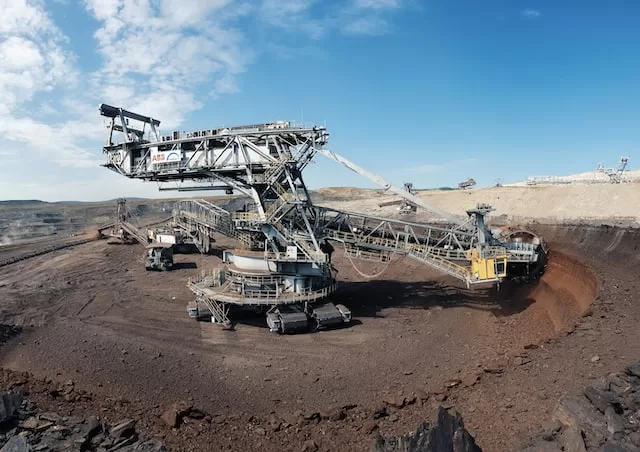
The data being analysed is what separates predictive maintenance from preventive maintenance.
Preventive maintenance mostly uses Failure Mode, Effects & Criticality Analysis (FMECA) to identify potential asset failures. This analysis will have you identify all of the failure modes first, and then prompt you to determine effects and then prioritise any maintenance solutions based on how critical they might be. The maintenance strategies developed via FMECA would mostly likely also take into account any historical data you may have to review previous averages, as well as any life expectancy statistics you may have received from the manufacturer.
Predictive maintenance uses data science to predict what work needs to be done by monitoring and analysing data from the actual or live/current state of the assets in use.
Manufacturers are increasingly using predictive maintenance science to implement automatic predictive maintenance solutions within the operating system of their equipment. Operators will be alerted of any upcoming requirements via dashboard control panels. In these situations, it’s then important to be able to tap into the assets operating system and incorporate this data within your own predictive maintenance software solution.
Preventive Maintenance Development
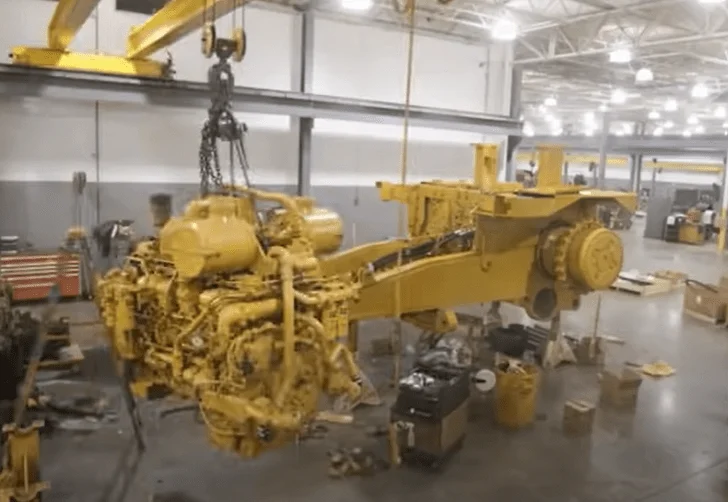
The methodology you use to identify preventive maintenance requirements should be based on tried-and-true reliability methodologies and include well-known analysis tools like Failure Mode Effects and Criticality Analysis (FMECA).
FMECA is a systematic and structured method for identifying critical plant failure modes. The process necessitates an analysis of each significant failure mode in order to determine the best maintenance activities to be performed to lessen the severity of each failure.
The approved maintenance strategy must include economic, safety, environmental, and operational implications. The implications of redundancy, spares costs, maintenance crew expenses, equipment ageing, and repair timeframes, among other factors, must be considered.
The criticality component of the process is essentially a risk assessment which evaluates the consequence and likelihood of failure of a specific item within a broader system.
Using specially designed software programs for preventive maintenance development is an effective way to ensure that a standardized approach is used each time PM requirements are created or changed.
Making good use of Preventive Maintenance
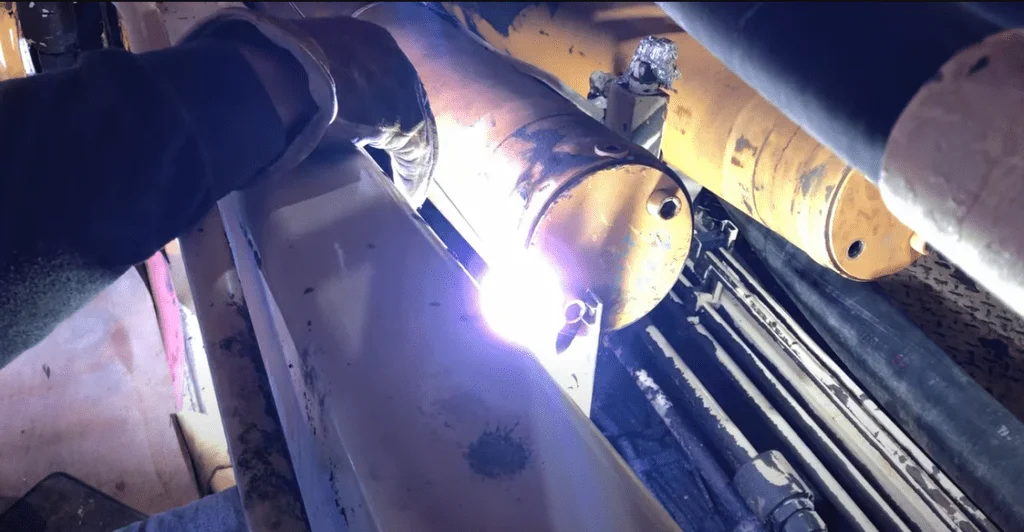
Preventive maintenance requirements applied to your CMMS as part of your maintenance strategy are intended to preserve your assets in excellent condition and protect them from failure or deterioration.
Preventive maintenance (PM) is essential for adhering to your production schedule and maintaining your maintenance budget while also minimizing equipment downtime. PM will increase the lifespan and efficiency of your assets and is a key instrument for guaranteeing worker safety.
Examples of PM activities are intrusive and non intrusive inspections as well as maintenance tasks that involve keywords such as check, tighten, lubricate, scheduled replacement, adjust, test and clean.
Every unplanned equipment failure you experience should have an impact on your preventive maintenance program; these emergency maintenance situations should never be accepted, so you must learn from any of these situations by using problem solving techniques such as ‘5 Whys Analysis,’ and then incorporate what you learn into your preventive maintenance program.
Unplanned equipment failures almost always result in someone figuring out how it could have been prevented in the first place.
Your initial focus should be on being proactive through preventive maintenance rather than reactive due to breakdowns; as your systems and asset knowledge grow and reconcile, your focus should turn to becoming predictive.
Be confident about your preventive maintenance program
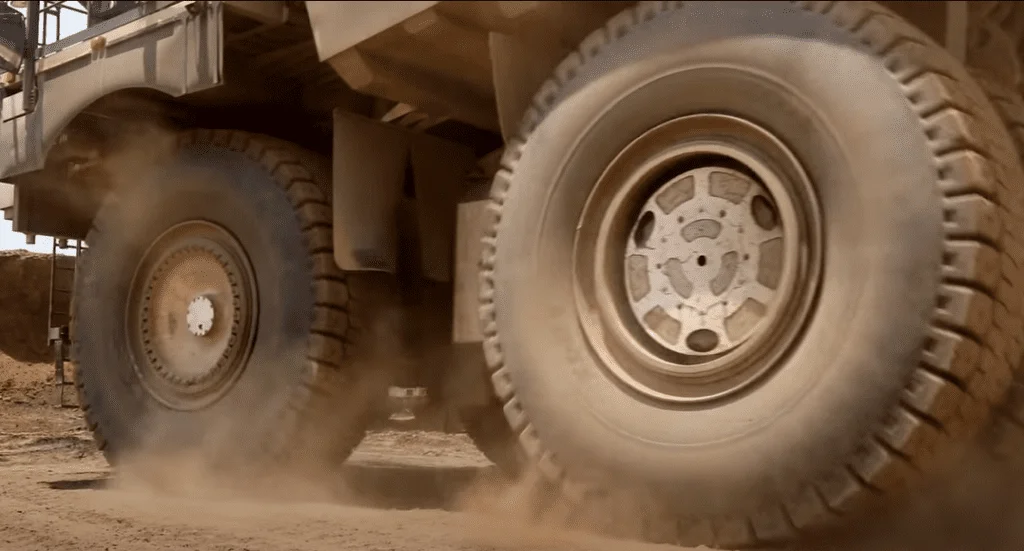
Given how much effort goes into developing effective preventive maintenance strategies, it’s unfortunate when preventive work is not carried out as planned.
Far too many times we’ll see preventive component replacement tasks become due, such as replacing large hydraulic cylinders, only to have maintenance or production leaders decide to postpone the task because they feel they can’t afford to do it now, or their comment may be, ‘the equipment seems fine to me,’ we’ll just monitor that components condition instead.
This type of situations suggests that they may not be completely confident in their preventive maintenance program or that they do not fully comprehend the genuine benefits of preventive maintenance.
To reduce the likelihood of these situations occurring, your preventive maintenance development process must be robust and the outputs must be approved at the management level.
With some equipment purchases, the original equipment manufacturer (OEM) will supply you with all the preventive maintenance requirements you might even need. These requirements are typically of a very high standard as you would expect, after all they built the equipment, and nobody would know it better.
What the OEM would not know though is how you intend to use the equipment, what environment you will operate the equipment in or your capacity to carry out quality maintenance on the equipment.
You must evaluate the OEM PM requirements and discover opportunities to add or alter information to ensure that this equipment performs excellently and is kept in top condition at your company. This should be an approved and thorough process that is followed in a consistent manner each time, so you know that all of the important questions have been asked and answered for each item of equipment acquired.
Maintenance Strategy Development Software Options
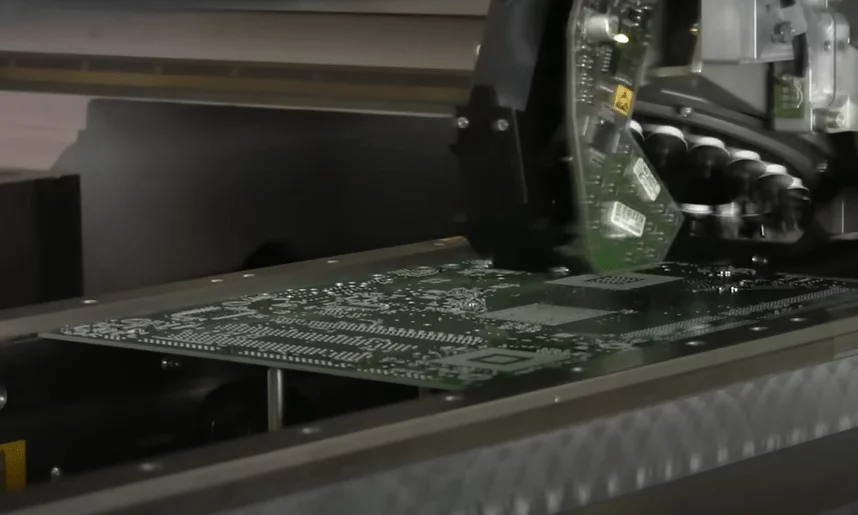
There are some excellent maintenance strategy development software products on the market right now, and each will have its own set of strengths and weaknesses that you must determine. I would advise you to do extensive research before making a purchase decision, and to insist on in-depth demonstrations. If you can get them to use your own data, software demonstrations will be more effective.
However, before handing over any of your data for use in a demo, you must be mindful of your company’s intellectual property policy and commercial sensitivity, and you must review and data accordingly.
The demo databases they use to impress you are meticulously designed to show you exactly what you need to see in the least amount of time and provide you with the “Wow, where do I sign?” moment within 30 minutes. Inquire whether their demo software is integrated with other software or a standalone database. Personally, I would not buy any maintenance strategy development software that does not integrate seamlessly with your CMMS.
You could also demand that the software provider obtain integration certification from the manufacturer of your CMMS. Below are three maintenance strategy development software products that you could start your research with; they are not listed in any particular order of preference on my part.
Strategy Optimizer – From Nexus Global
I had the opportunity and pleasure to learn a lot about Nexus Global’s Strategy Optimizer a few years ago, and Larry Olson and his team have done an absolutely incredible job with what was once known as PMO2000.
Perhaps the thing I liked best about this software was how quickly I was able to understand what was going on during the demo. All too often, when using or viewing software for the first time, you are overwhelmed by how complex it appears to be and difficult it can be to understand what’s going on. Sure, good software may have some powerful stuff going on under the hood, but it’s all for nought if no one wants to use it. So any software product with an intuitive layout and design gets a big thumbs up from me.
Strategy Optimizer is a software product that has the goal of ensuring your company’s assets are managed and maintained from the point of manufacture until the end of the equipment lifecycle, and that the lifecycle you get is the best bang for your buck. Strategy Optimizer creates asset management data maps and employs robust processes and intelligent software design to provide you with a solution that works well and is relatively simple to teach your staff. The only thing I forgot to ask when we were getting the demo was what training options were available, but I’ll find out about that soon enough and add a footnote to these remarks.
They bring a wealth of asset management experience to the table and appear determined to provide you with a high return on your investment. They are extremely enthusiastic about their products, and I would even go so far as to say that they wear their hearts on their sleeve when discussing them. That kind of dedication to a product gives me a lot of confidence. Strategy Optimizer is a component of their overarching APM Optimizer Suite and is intended to serve as your primary knowledge management and maintenance strategy deployment tool for managing your assets. Their goal is to ensure that your asset health is efficiently managed, measured, and effectively controlled throughout optimal equipment lifecycles, so take a look.
OnePM – From ARMS Reliability
ARMS Reliability developed OnePM around 8 years ago I think, it’s a maintenance strategy development software product and much more. ARMS has been in business for 26 years and has evolved from a small reliability consulting firm to a very well known reliability engineering solutions company and over the years I’ve come across their people all over Australia.
ARMS Reliability employs over 100 people, allowing them to provide more than adequate product support. Baker Hughes acquired them in early 2021, which was a significant milestone in the company’s history. Baker Hughes is a massive corporation with over 50,000 employees worldwide, so it will be interesting to see how far OnePM advances in the coming years.
OnePm is a fantastic product, and I’ve worked with one of their engineers on a mining project and seen some of its results firsthand. It is one of the few maintenance strategy development software products that has been certified for SAP S4 Hana integration. One PM oversees the entire asset strategy management process to ensure that your assets have the best possible strategies. It stores all of your strategy-related content, asset strategy tactics, and equipment specifications to increase standardisation, consistency, and value.
OnePM will analyse your existing strategies and recommend the best strategy for you to use; it can pinpoint where strategies are applied, identify performance outliers, and dynamically implement improvements across the asset base (Not too shabby I must say). It has a fairly large generic template database, which significantly reduces the time and effort required to build maintenance strategies and SAP Master Data (Plans, Items & Task Lists).
It can even use regional or local changes in operational context parameters to accommodate different operational or environmental conditions (freezing cold winter temperatures, for example), while remaining connected to the digital strategy knowledge base. Once you’ve configured everything for one type of equipment, that information can be applied to all other relevant assets and easily updated and improved as new data becomes available.
It has its own workflow approval system built in, which makes getting new strategies or strategy changes approved much faster than wasting time in meetings to review updates.
Onplan – From Onplan Technologies
OnPlan is a newer maintenance strategy development product on the market, but they’ve been working on it for quite some time, and you can tell they’ve taken on board some good advice because the design and layout of their software is very simple to understand. As with the Nexus Global product, you don’t find yourself mentally ‘switching off’ during the demo because it’s too complicated or cumbersome; rather, you stay engaged because you can quickly figure out what’s going on and why.
It is an extremely useful asset strategy management tool that allows you to import, develop, and maintain effective strategies for all of your equipment in a centralised library. They have a suite of apps that connect with the Strategy module, and everything is seamlessly integrated. The ‘Task board’ is, in my opinion, the best feature of this software. It allows you to drag and drop maintenance tasks in real time to sequence them. It’s very cool because you can build your strategy with drag and drop while it creates the work instructions before your eyes.
While you’re having fun with the drag and drop feature, it’s constantly grabbing any images, hazard information relating to the tasks, and anything else that’s specific to that company and putting it all together in a very stylish manner. I probably spent far too much time on this part of the demonstration, but I loved how simple it was to use. They have a mobile app that is linked to it so that you can perform the inspections using a portable electronic device (typically a tablet) and the tradespeople can provide real-time feedback on what has been deployed to their name/device.
OnPlan, like the ARMS Reliability product, has some very useful features in that it allows you to maintain a central asset strategy database at the component level. The information you create can be shared across all assets that have similar components installed, and you can create tailored versions of the standard data if necessary. I’m not sure if it assigns revision numbers to tailored versions like OnePM does, but I’d guess it does. OnPlan, like the other two products, collects all of your key data on task performance and asset conditions to aid in strategy optimisation and improvement.
Can I offer any conclusion?

Sorry folks, but I can’t choose between these three outstanding products; you should request a demonstration of all three. Please keep in mind that there are a lot of other maintenance strategy development products out there, and I’ve been very fortunate to get demos on four of them.
I’m yet to encounter a bad one, so you’ll eventually have to make a very difficult decision when it comes to choosing one for your company.
Other Pages and Blogs

Contact Us

We're Ready, Let's Talk.
Contact Info
Address
PO Box 784, Muswellbrook, NSW, Australia
Email Us
admin@cmmssuccess.com
Call Us
0448 687 451




